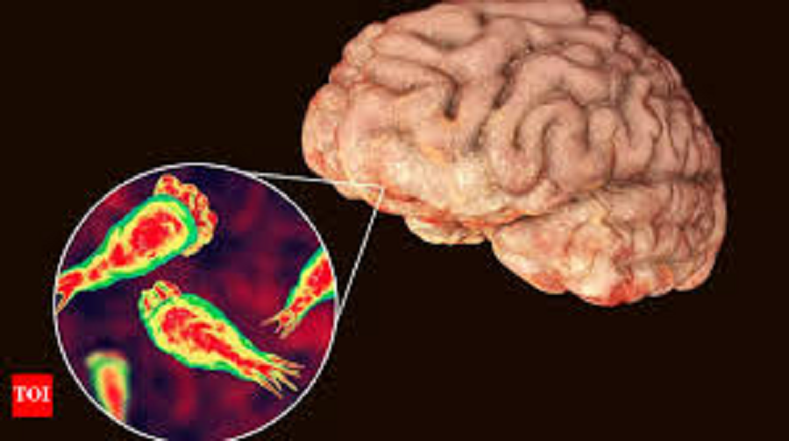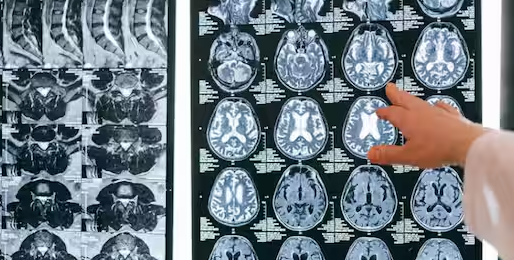Brain-Eating Amoeba: 19 people died in Kerala due to the eating amoeba. Know how dangerous it is and ways to avoid it?
- bySherya
- 18 Sep, 2025

Brain-Eating Amoeba Symptoms: This is one of the world's most deadly infections. Symptoms appear within one to nine days of infection. Initially, symptoms include common flu symptoms like headache and fever.

Brain-Eating Amoeba: Deaths from the brain-eating amoeba have caused a stir in Kerala. So far this year, 61 cases have been reported in the state, and 19 people have died. Most of the deaths have occurred in recent weeks. State Health Minister Veena George stated that Kerala is currently facing a serious health challenge. Previously, the infection was more prevalent in districts like Kozhikode and Malappuram, but now cases are being reported from various locations.
The minister said that this time the situation is different from last year. Previously, infections spread in clusters linked to a single source, but this time cases are emerging from various sources. This is making investigations more difficult. So far, infected patients have ranged in age from a 3-month-old child to a 91-year-old. He said, "Unlike last year, we are not finding clusters linked to a single source. These are isolated, isolated cases, making our investigations more difficult."
What is brain eating amoeba?
According to Dr. Ravi Shankar, a neurologist at Kozhikode Medical College Hospital, this amoeba reaches the brain through the nose and causes death in 95% of cases. However, it can be prevented with caution. It is most active in the warm water ponds and rivers of Kerala. Scientifically, it is called Naegleria fowleri. According to Dr. Shankar, the amoeba itself does not attack humans, but when a person inhales water through the nose while diving or swimming, the amoeba breaks down the nasal tissues and reaches the brain. There, it causes meningitis-like inflammation, which eats away at the brain.
How dangerous is this disease?
According to Dr. Shankar, it is one of the world's deadliest infections. Symptoms begin within one to nine days of infection. Initially, symptoms include common flu symptoms like headache, fever, nausea, and vomiting, but soon, a stiff neck develops. This is followed by confusion, seizures, and unconsciousness. If not treated promptly, death occurs within five days. The mortality rate in such cases is up to 97 percent, meaning that most people do not survive.
Why did deaths increase in Kerala?
According to the Kerala Health Department, 36 cases were reported in 2024 and 9 deaths occurred. In 2025, cases doubled. This is due to heat, pollution, and poor sanitation of water sources. In Kozhikode and Malappuram, the water in ponds where people bathe or play is contaminated. According to Dr. Shankar, 15 patients came to our hospital this year, of whom 5 died. However, two patients were saved because their condition was detected early. The state government has now begun testing ponds and increased chlorination.
Prevention is possible if symptoms are recognized
If you experience a headache, fever, or neck pain after swimming or playing in water, consult a doctor immediately. According to Dr. Shankar, unlike normal meningitis, neurological problems appear early in such cases. It can be confirmed with a CSF test, but prevention is the best approach. To avoid this, first avoid swimming in warm freshwater. If you must, wear a nose clip to prevent water from entering your nose. Hold your nose while diving. If you use a neti pot to clean your nose, always use sterile or boiled water.
What to do if you get an infection?
If you're infected, seek immediate treatment. Hospitals offer IV medications, steroids, and supportive care, but doctors believe there's no vaccine. However, awareness campaigns are now being run in schools and communities in Kerala. One study found that while there have been fewer than 500 total cases in India, a cluster has formed in Kerala.





